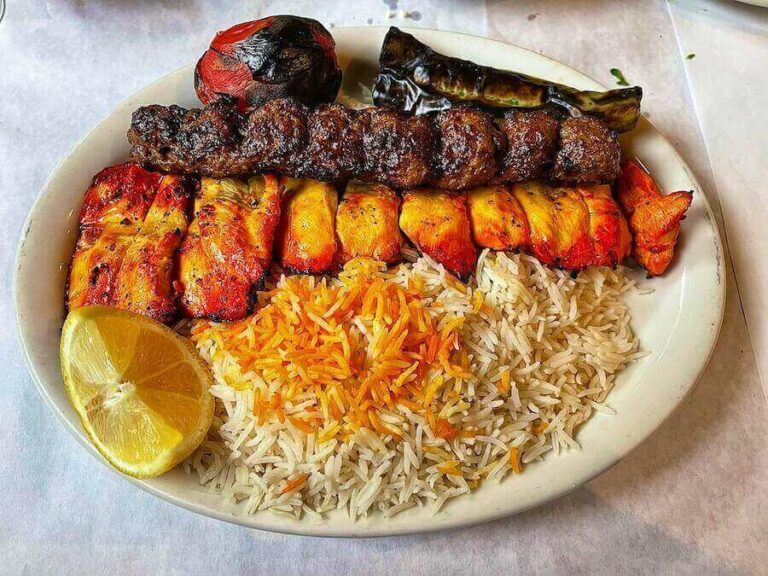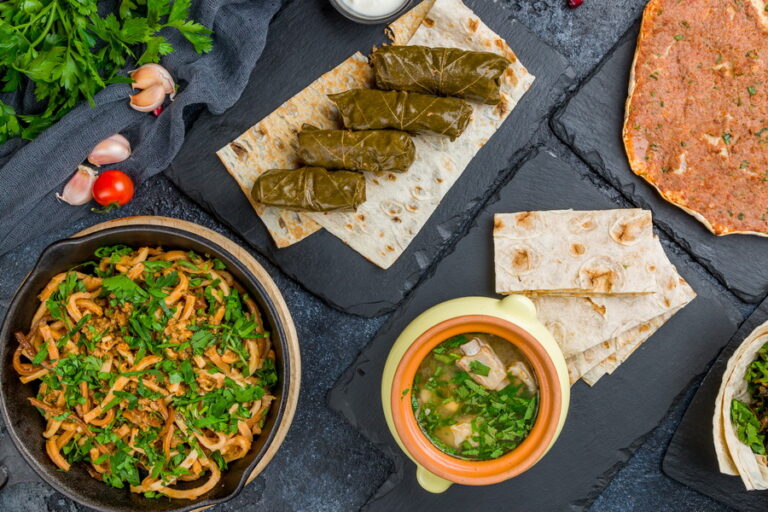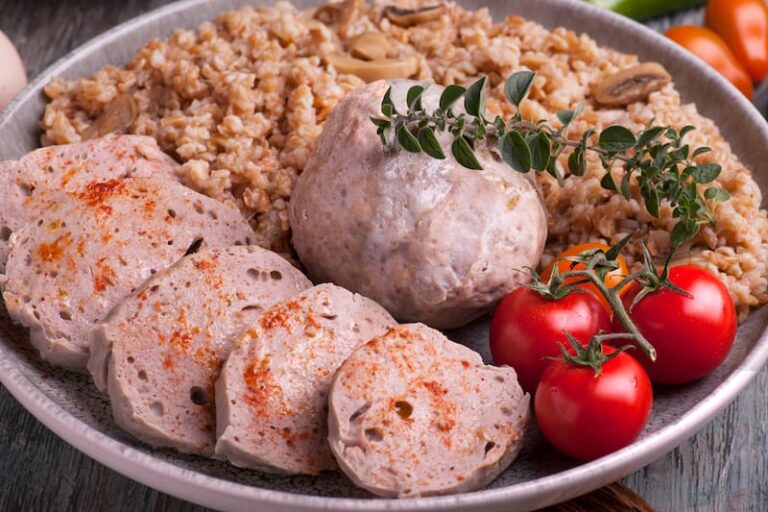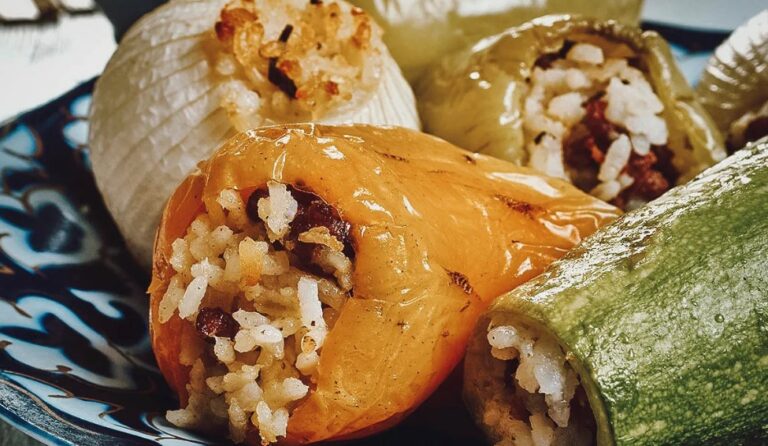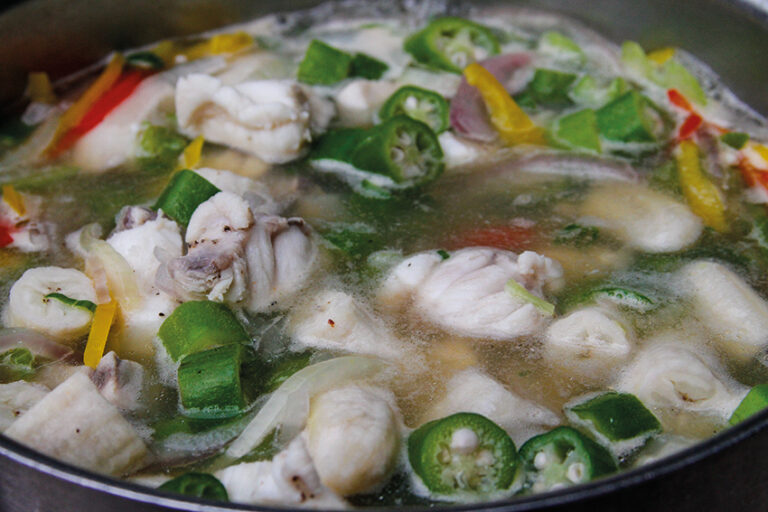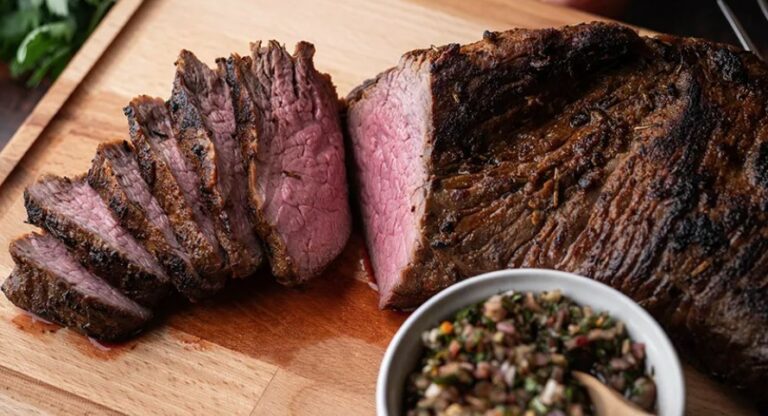Introduction: Discovering Culinary Events in Armenia
Armenia is a country with a rich culinary tradition and a diverse range of dishes that are beloved by locals and visitors alike. From savory meat dishes to sweet pastries, Armenian cuisine is a treat for the taste buds. And what better way to experience the best of Armenian food than by attending one of the many food festivals and events in the country?
In this article, we will take a closer look at some of the most famous food festivals and events in Armenia. Each event offers a unique culinary experience and a chance to discover new flavors and dishes that are sure to impress.
Yerevan Food Festival: A Must-Visit for Foodies
The Yerevan Food Festival is one of the most popular food events in Armenia, attracting visitors from all over the world. Held in the heart of the capital city, this festival showcases the best of Armenian cuisine and offers a wide selection of food and drink options.
Visitors to the Yerevan Food Festival can try everything from traditional Armenian dishes like khorovats (grilled meat) and dolma (stuffed grape leaves) to international cuisine like sushi and pizza. There are also plenty of sweet treats on offer, including traditional Armenian desserts like pakhlava and gata.
Taste the Best of Armenia at Areni Wine Festival
Wine has been an important part of Armenian culture for thousands of years, and the Areni Wine Festival is a celebration of this rich tradition. Held in the picturesque village of Areni, this festival attracts wine lovers from all over the world.
At the Areni Wine Festival, visitors can taste a variety of Armenian wines, including the famous Areni red wine. There are also food stalls selling traditional Armenian dishes that pair perfectly with the wine.
The Sweet Temptations at Yerevan Sweet Days
For those with a sweet tooth, the Yerevan Sweet Days festival is not to be missed. Held in Yerevan’s central Republic Square, this festival celebrates all things sweet and indulgent.
Visitors to Yerevan Sweet Days can try a wide range of desserts, including traditional Armenian sweets like gata and pakhlava, as well as international treats like ice cream and macarons. There are also workshops and demonstrations where visitors can learn how to make their own sweet treats.
Lavash Festival: A Celebration of Armenian Bread
Lavash is a type of thin, unleavened bread that is a staple of Armenian cuisine. The Lavash Festival in Yerevan celebrates this beloved food and the traditions that go along with it.
At the Lavash Festival, visitors can watch demonstrations of how lavash is made, as well as try different varieties of the bread. There are also food stalls selling dishes that use lavash as a base, such as wraps and sandwiches.
Fruit Harvest Festival: A Colorful Food Celebration
Armenia is known for its delicious fruit, including apricots, pomegranates, and figs. The Fruit Harvest Festival in Yerevan is a celebration of the country’s bountiful harvest and the culinary delights that come with it.
At the Fruit Harvest Festival, visitors can try a variety of fruit-based dishes, including jams, juices, and desserts. There are also workshops and demonstrations where visitors can learn how to make their own fruit preserves and desserts.
Gata Festival: A Unique Cakes and Pastries Event
Gata is a type of sweet pastry that is a beloved part of Armenian cuisine. The Gata Festival in the town of Agarak is a celebration of this unique pastry and the traditions that surround it.
At the Gata Festival, visitors can try different varieties of gata, as well as other types of Armenian pastries. There are also workshops and demonstrations where visitors can learn how to make their own gata.
Final Thoughts: Indulging in Armenia’s Culinary Delights
Armenia’s food festivals and events offer a chance to experience the best of Armenian cuisine and to discover new flavors and dishes. Whether you are a foodie looking for your next culinary adventure or simply curious to try something new, Armenia’s food festivals are not to be missed. From the Yerevan Food Festival to the Gata Festival, there is something for everyone to enjoy.


